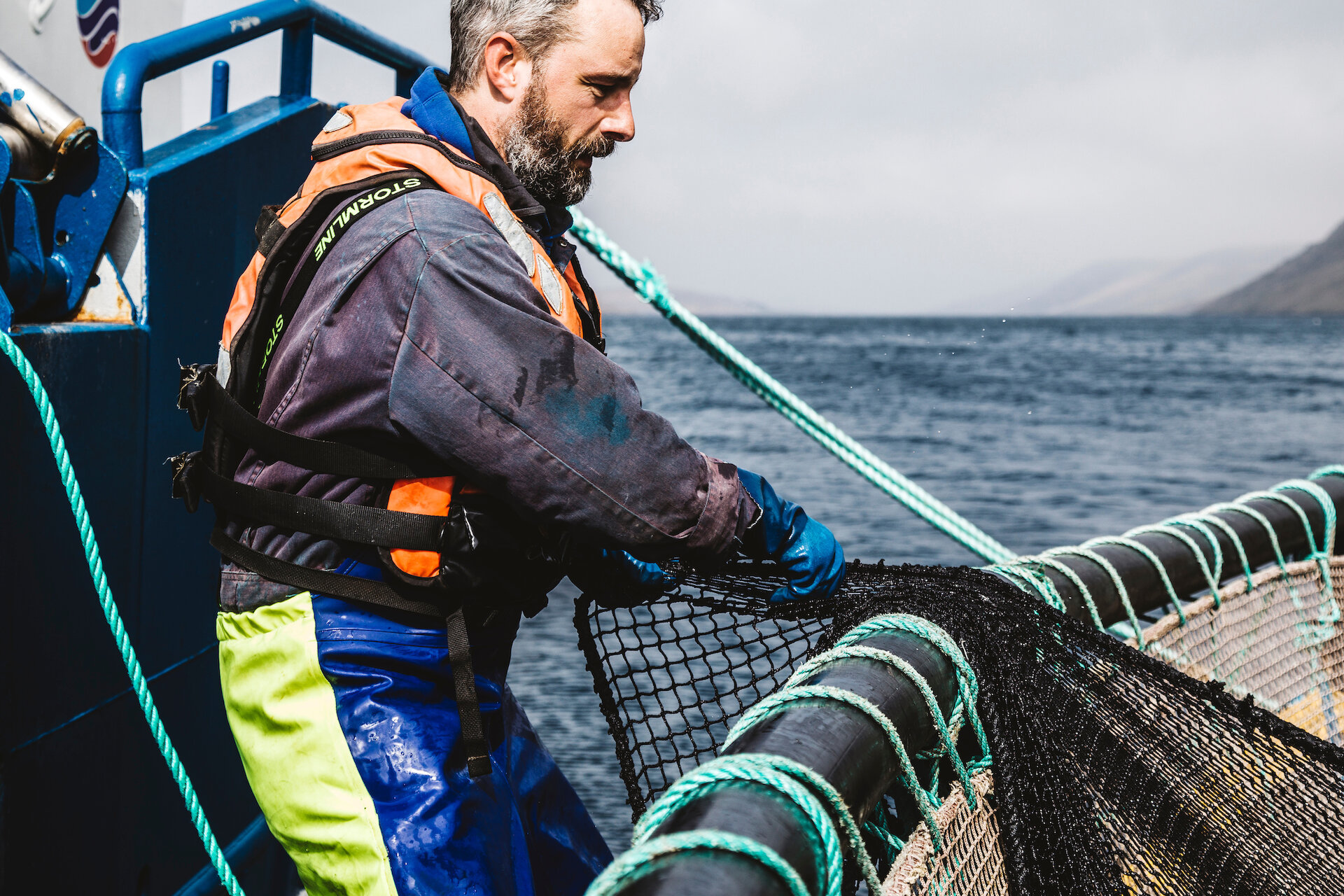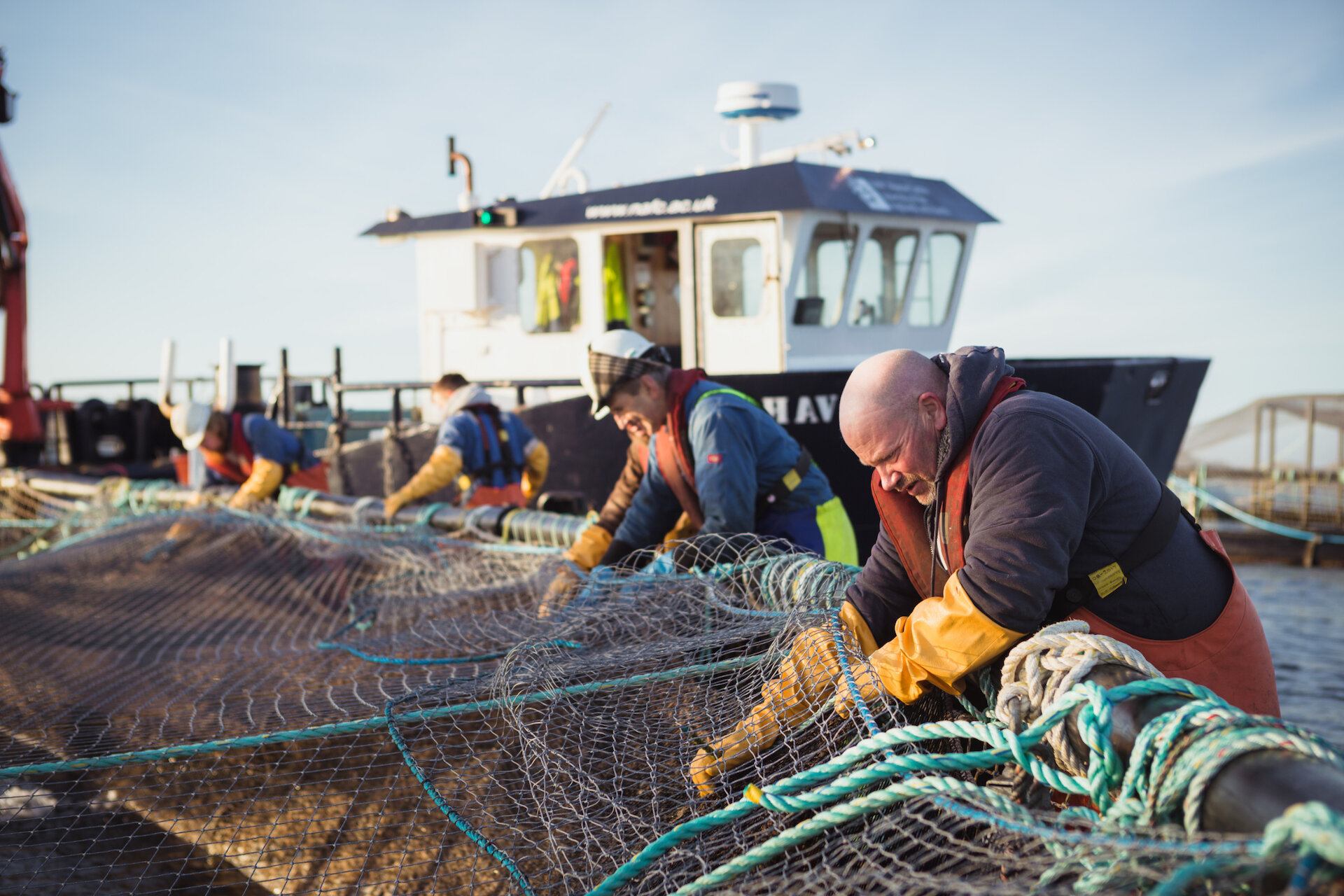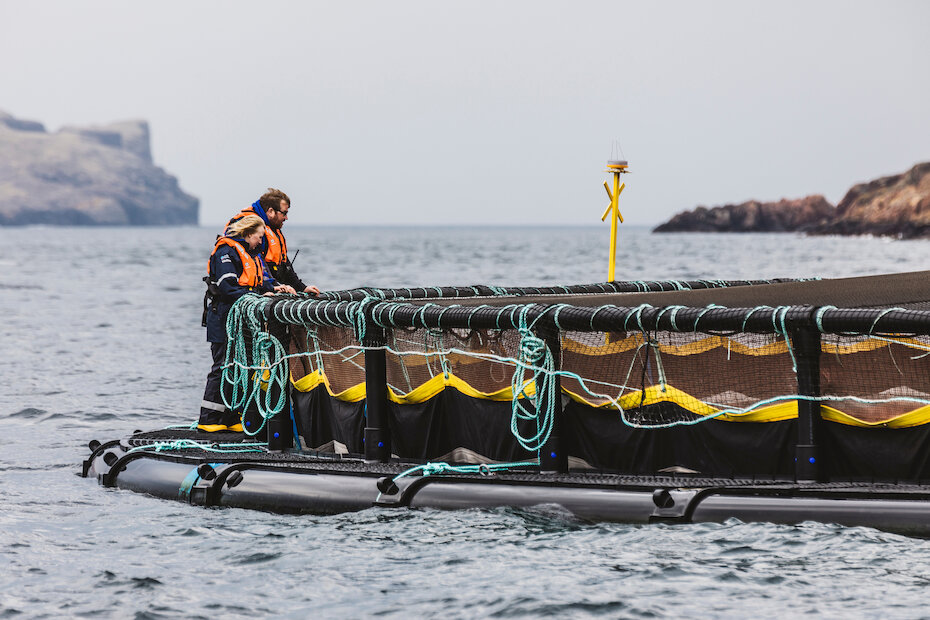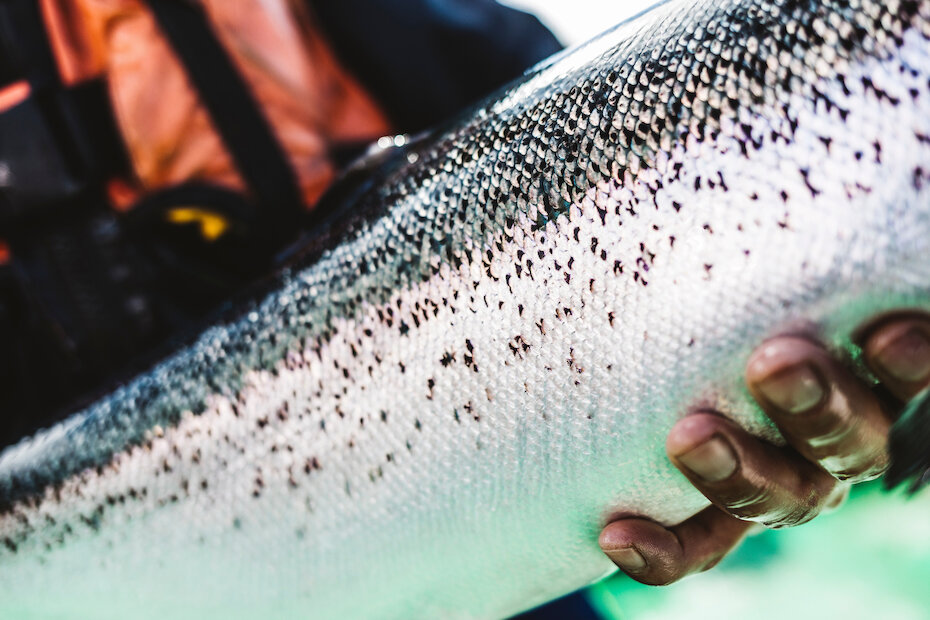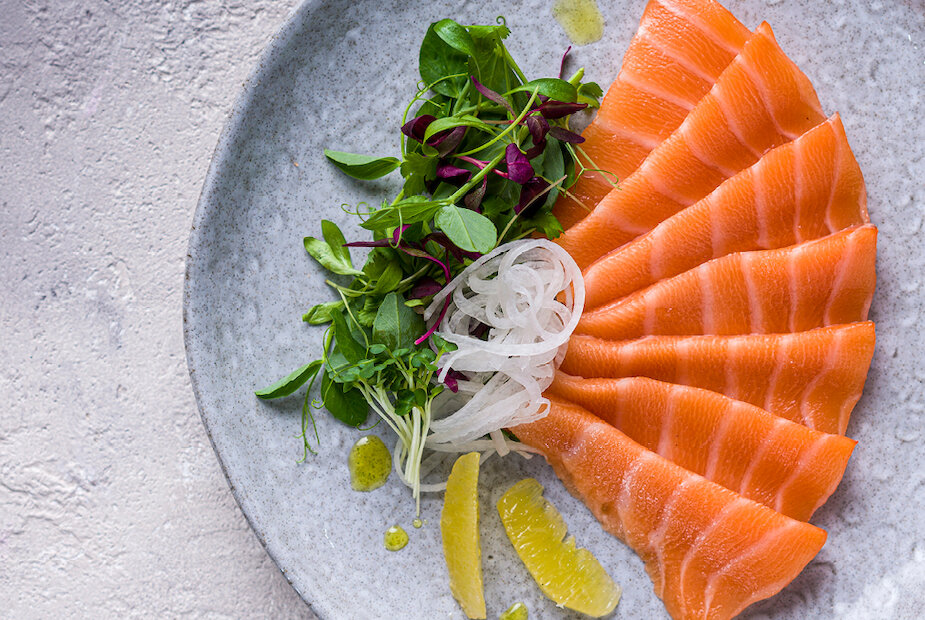For thousands of years Shetlanders have been connected to the sea.
The geography of Scotland’s northernmost island grouping – 115 islands and more than one thousand miles of rugged coastline – means that, wherever you are, you are never more than two miles away from the water.
Understandably the sea continues to play such a crucial role in island life.
When it comes to salmon farming in Shetland, big numbers tell a tiny part of the story. Shetland farms produce more than 36,000 tonnes of salmon (or a staggering 148.2 million meals) annually, worth more than £190 million. The salmon sector now accounts for the largest proportion of Shetland’s economy, bigger than oil and gas and tourism.
But the value of salmon farming – by far the biggest portion of an aquaculture industry that includes mussel-farming – is arguably about more than figures.
